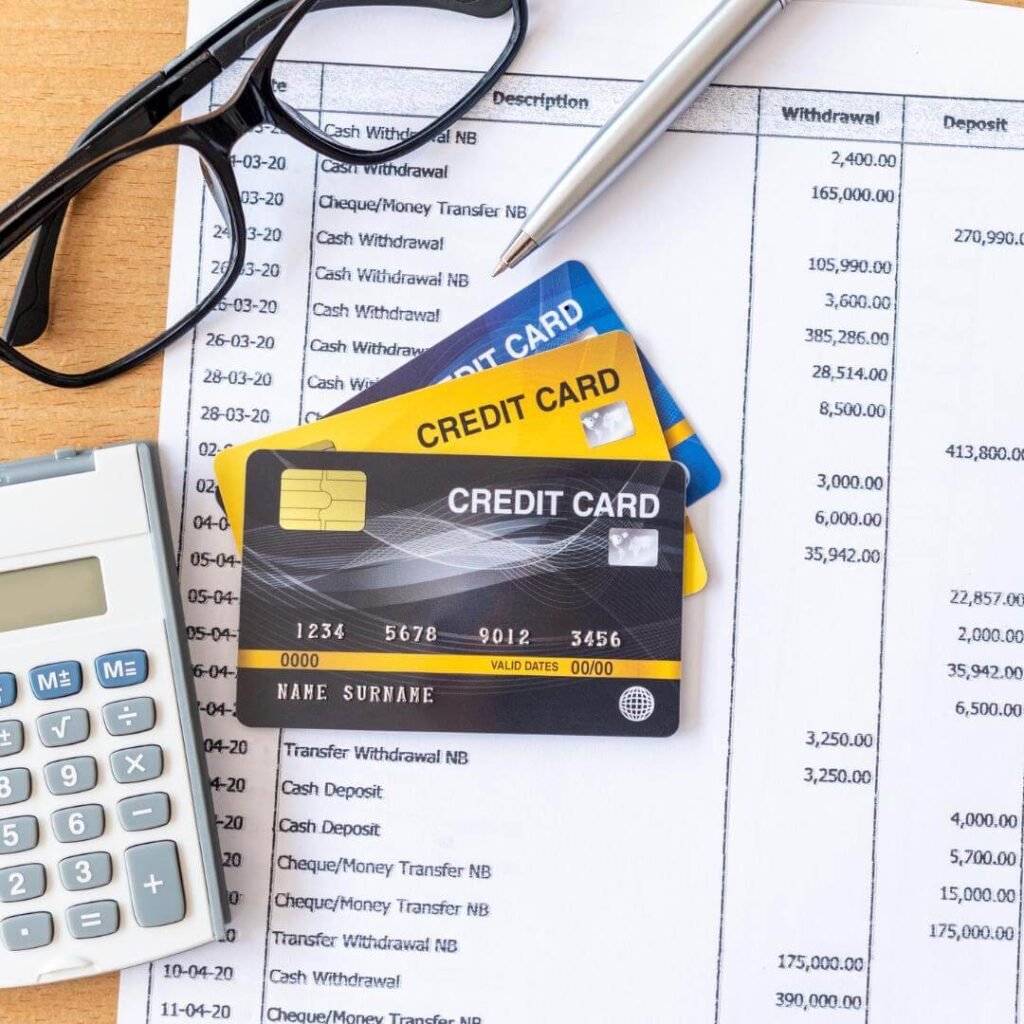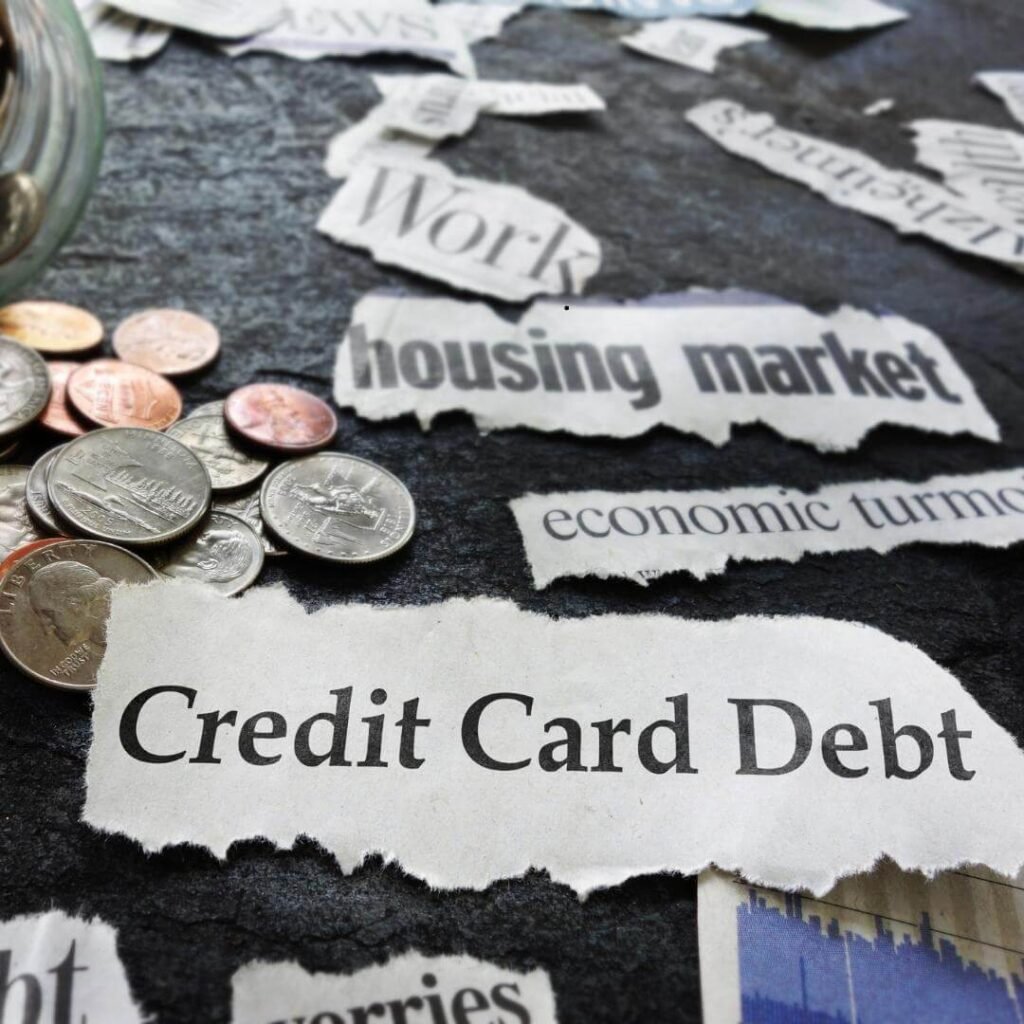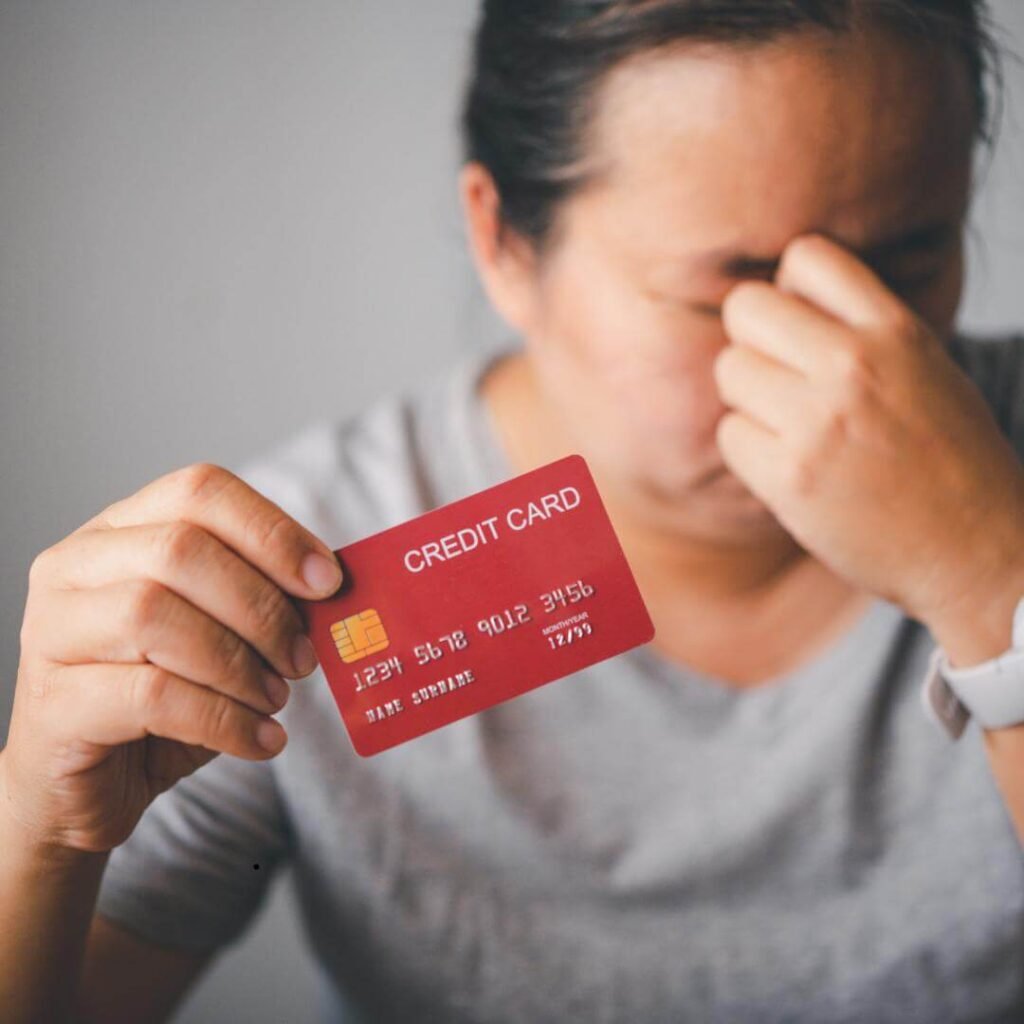Share this blogpost! :)
How I Conquered My Credit Card Debt (And How You Can Too!)
I want to share how I managed to get rid of my credit card debt because, trust me, I know how overwhelming it can feel. A while back, I was stuck in a cycle of minimum payments and high interest rates. But I figured out a plan that worked for me, and I’m excited to help you do the same.
1. Understand Your Debt
First things first: you need to know exactly what you’re dealing with. Grab a piece of paper or open a notes app on your phone. List all your credit card debts.
Make sure to include:
- How much you owe on each card
- The interest rate (that’s the extra cost of borrowing money)
- The minimum payment
- When each payment is due

When I did this, it was a bit of a wake-up call. Seeing all those numbers made me realize just how much I was paying in interest. It was a bit overwhelming, but it gave me a clear picture and pushed me to start tackling the debt.
2. Create a Budget
Next, let’s talk about making a budget. This is your plan for how you spend your money. Write down all your sources of income and all your regular expenses, like rent, groceries, and bills. Then, see where you can cut back.
I had to make some sacrifices, like cutting out dining out and new clothes. It wasn’t easy, but once I saw how much more I could put toward my debt, it felt worth it. A budget helps you see where your money is going and find ways to save.

3. Pick a Repayment Strategy
Now, let’s figure out how to pay off your debt. There are two main methods:
- Snowball Method: Focus on paying off the smallest debt first while making minimum payments on the others. Once the smallest debt is gone, move to the next smallest. This method is great if you need quick wins to stay motivated. When I used this, seeing those small debts disappear made me feel accomplished and kept me going.
- Avalanche Method: Pay off the debt with the highest interest rate first. This saves you more money over time. If you can stay motivated without quick results, this might be a good choice. I tried this later and found it really effective in cutting down the total interest I paid.
Pick the method that feels right for you and fits your situation best.
4. Pay More Than the Minimum
Paying just the minimum each month means you’ll be in debt for a long time and end up paying a lot more in interest. Try to pay more than the minimum whenever you can. Even an extra $20 or $50 a month can make a big difference.
Whenever I got extra money, like a bonus or a gift, I put it toward my debt. Seeing the balance go down faster was really motivating and made me feel like I was making real progress.

5. Consider a Balance Transfer
If your credit is in good shape, you might be able to transfer your balance to a new credit card with a lower interest rate or even a 0% introductory rate. This can help you pay off your debt faster.
I used a 0% interest offer and it really helped. Just make sure you understand the terms and try to pay off as much as possible before the higher interest rate kicks in. This can be a great way to save money, but be careful about fees and timing.

6. Stop Using Credit Cards
While you’re working on paying off your debt, it’s crucial to stop using your credit cards. It might be tough, especially if you’re used to using them for everyday expenses.
I decided to put my credit cards out of reach. I didn’t close the accounts (which could hurt your credit score), but I hid them away. This helped me avoid adding to my debt and forced me to find other ways to handle my expenses.
If you’re worried about not having a credit card for emergencies, think about setting up a small emergency fund. Even $500 can make a big difference and help you avoid using your credit cards for unexpected costs.
7. Track Your Progress
Tracking your progress is important for staying motivated. It can be hard to see changes, especially at the start, so find ways to track your success.
I used a simple spreadsheet to keep an eye on my payments and balances. I also made a chart and put it on my fridge. Every time I paid off a card or reached a milestone, I colored in a section. This little reward system helped me stay motivated and made the whole process feel more rewarding.
8. Seek Help if Needed
If you’re feeling overwhelmed, it’s totally okay to ask for help. There are credit counseling services that can help you make a plan and sometimes even negotiate lower interest rates with your creditors.
When I started, I was hesitant to ask for help because I felt like I should handle it myself. But I found out that getting advice from a professional was a smart move. I found a credit counseling agency that offered a free consultation. Even though I didn’t use their services, having support made me feel more confident in my plan.

Getting rid of credit card debt isn’t easy, but it’s definitely possible with the right plan and attitude. By understanding your debt, creating a budget, picking a repayment strategy, and staying disciplined, you can make real progress. It might take some time and effort, but being debt-free is absolutely worth it.
Looking back, I’m really glad I took control of my finances. The journey had its ups and downs, but sticking to my plan and focusing on my goals helped me pay off my credit card debt and feel much better about my financial future. You’ve got this
Share this blogpost! :)

